I often think of something Kitty Crowther said: “If you don’t believe in and love your characters, who will?1” It resonates with me. I think it’s important to draw characters in a way that feels truthful and caring - to do the characters justice and for the sake of the reader. I think (I hope?) an attentive reader can feel the care that an illustrator has put into the character in a story.
This is the second post in my making-of series about my upcoming picture book Milo the Knight, coming out October 15th. The first post focused on my process for designing the secondary characters - beetle knights and beetle jesters. This second instalment is all about refining the main character, Milo.
Milo, as you will know from my previous post, is a beetle and a knight. For most of the book, he lives in his armor. As the narrator tells us, no one really knows what he looks like underneath. However, when his armor rusts in the rain and seizes up, Milo is forced to take it off and to embrace vulnerability and a new identity. I needed two versions of Milo: Milo-in-armor, and Milo-without-his-armor. Milo-in-armor had to be barely visible but still personable. Milo-without-his-armor needed to have the effect of a reveal - he had to have a look that hints at the fact that he might just fit in as a jester after all.
Is this Milo?
I started seeing Milo before I tried to draw him in earnest. That sounds very woo-woo, but it’s true! Back when I started working on this book, I still had a day job (I don’t anymore!), and I used to sit at my desk and stare out the window a lot. One day, I saw a shape created by the branches of a tree outside that made me think of a face (apparently we humans tend to see faces everywhere), and I quickly sketched it on the back of an invoice. Here it is:
It wasn’t quite right, but there was something there. Pointy nose, large eyes. I wondered: Is this Milo?
Then, as I was sketching beetle knights (see the first post in this series), I felt like I came across Milo again.
Short, somewhat round, with only the eyes visible through a slit in his visor. Is this Milo?
Finding Milo
From there, I started trying to draw Milo. I came up with these drawings, and felt that they were pretty good.
I sent my editor a colored pencil version of Milo-in-armor. She wasn’t convinced. She felt there was something off about him. At first, I was a little appalled. Then I saw it.
Oh no, I realized, he kind of looks like a mean rat. There’s something about his face and his posture that was just wrong (and remindful of an evil cartoon rat).
I refined my sketch of Milo on Procreate and got to something that felt much, much better. This is Milo!
I liked the blue armor a lot, but I tried out a few other colors.
The blue armor was still my favorite, so that’s what I went with.
I tried a few colors and patterns for Milo-without-his-armor as well. I wanted him to be as colourful as the court jesters in the book so that the moment he finally takes off his armor is worthy of the best Drag Race reveals.
And I knew I finally had my main character when I drew this version of Milo:
The process of designing a character truly is like meeting them and learning about them. By this point, I had grown fond of this little beetle and I was ready to tackle his story. Or, as Kitty Crowther would say: I believed in him and loved him.
In the next post, we’ll look at how I used medieval manuscripts as inspiration for compositions in this book. I have so many cool illuminated pages to show you! If you’re enjoying this series, please subscribe so you don’t miss a post.
And, while you’re at it, consider preordering the book!
As always, thank you for being here.




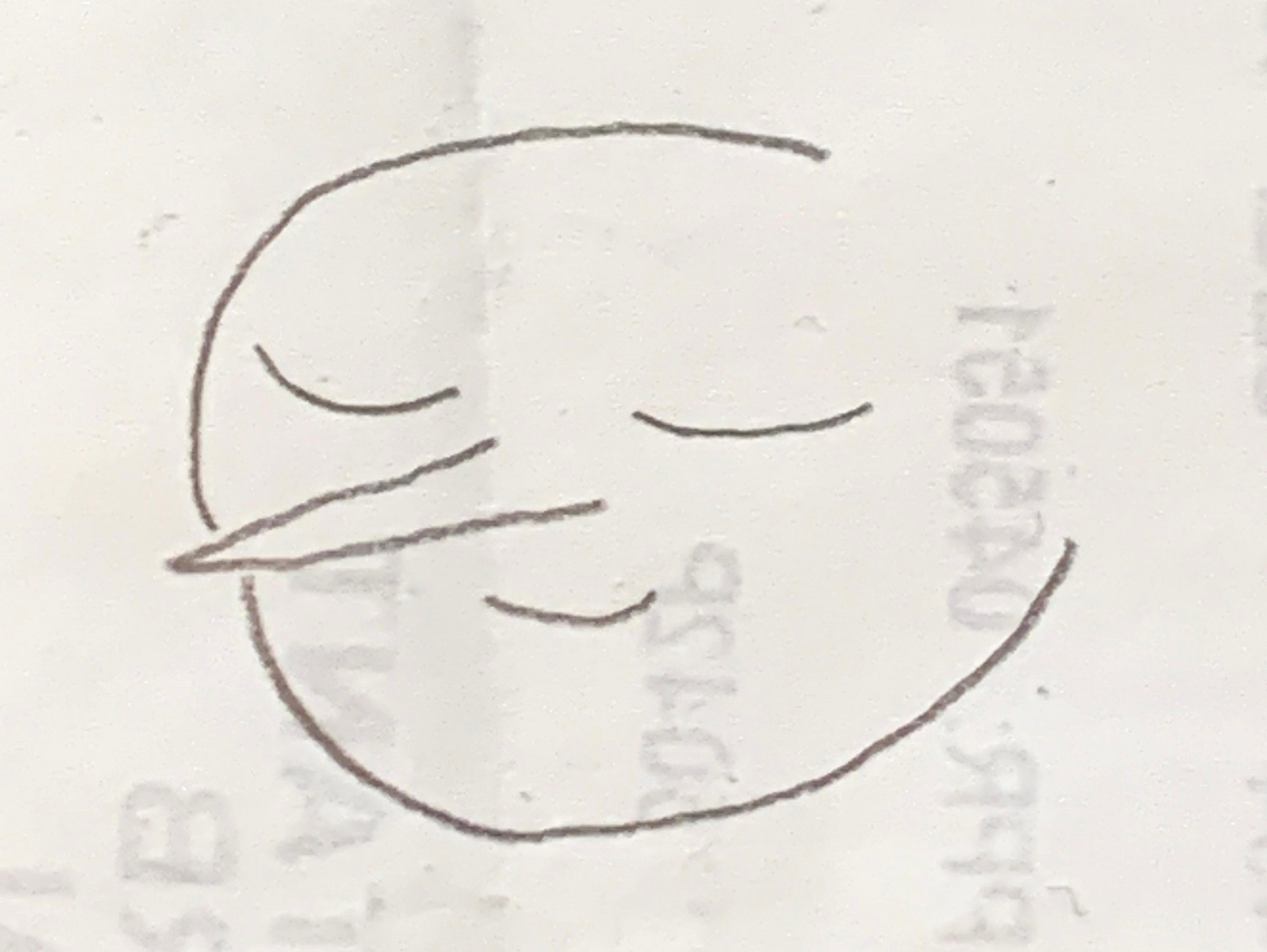
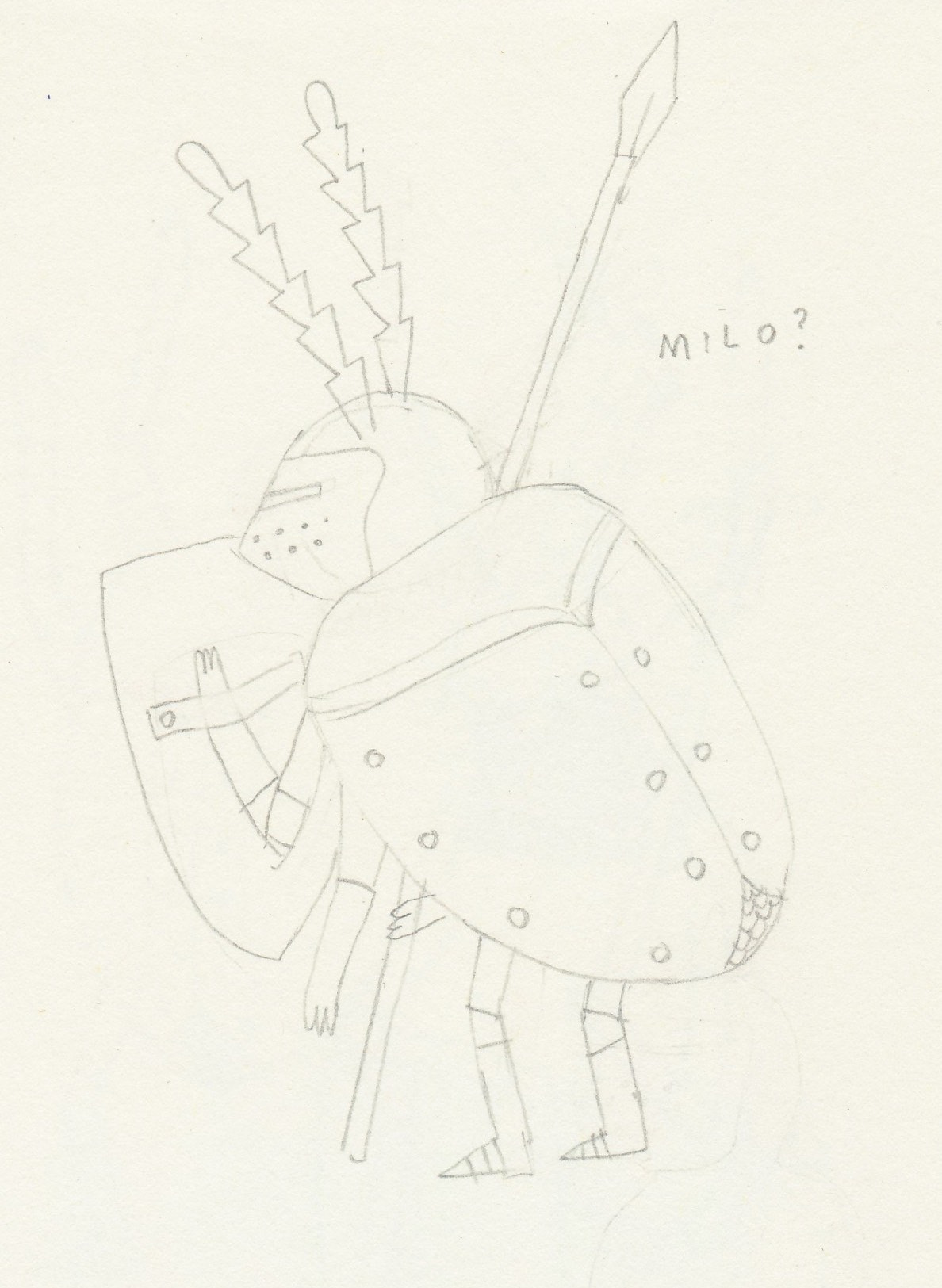
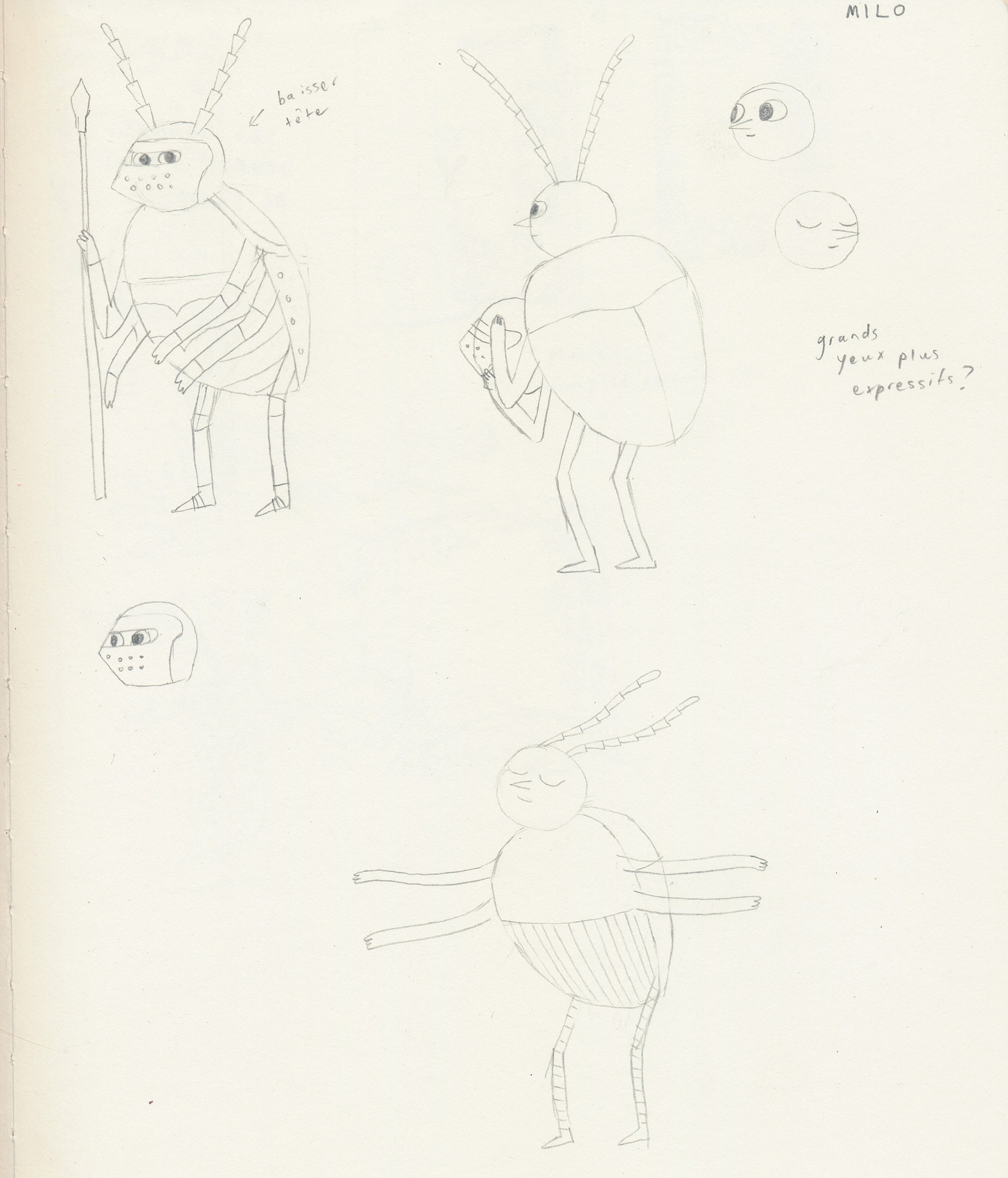
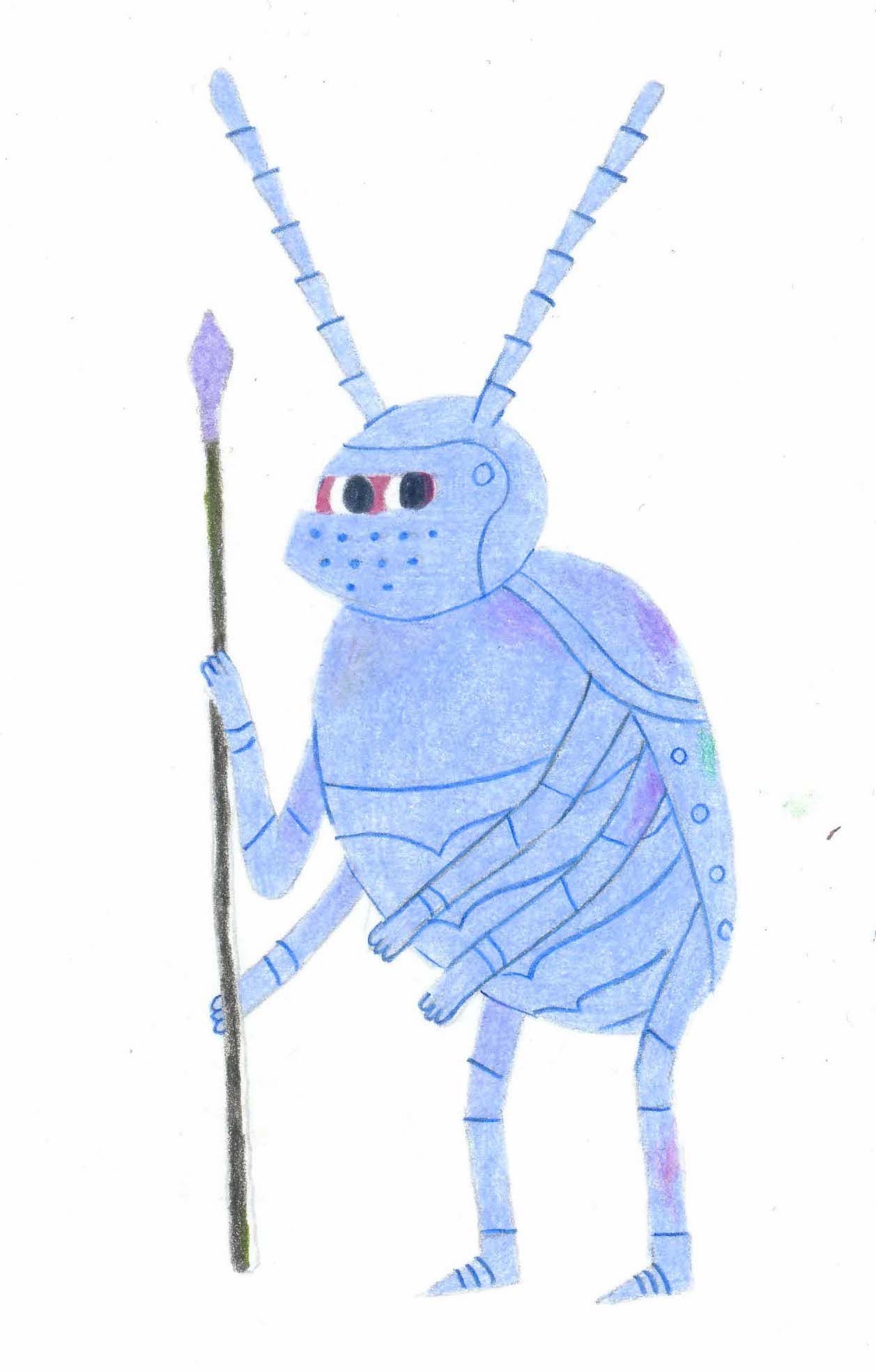
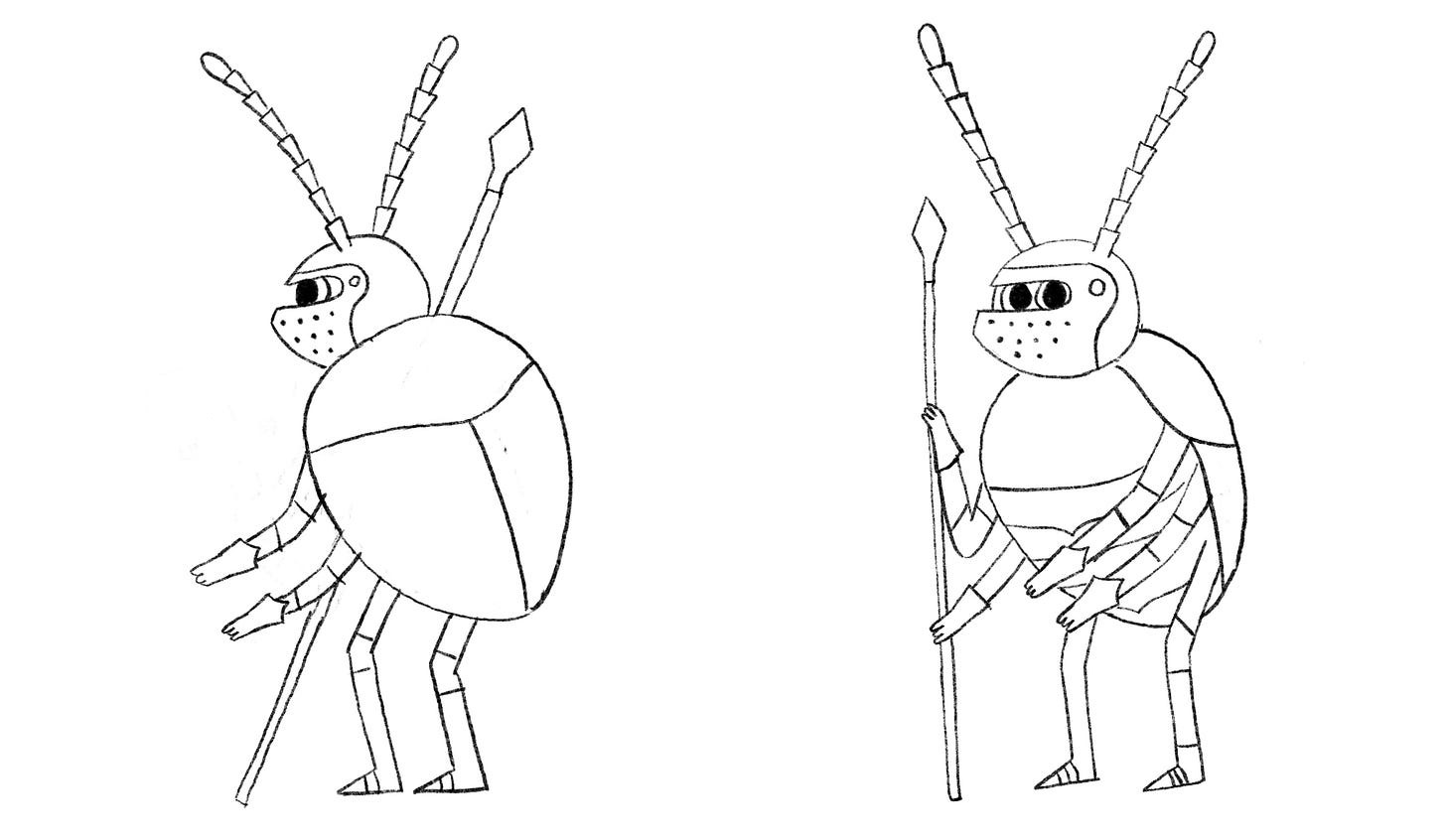
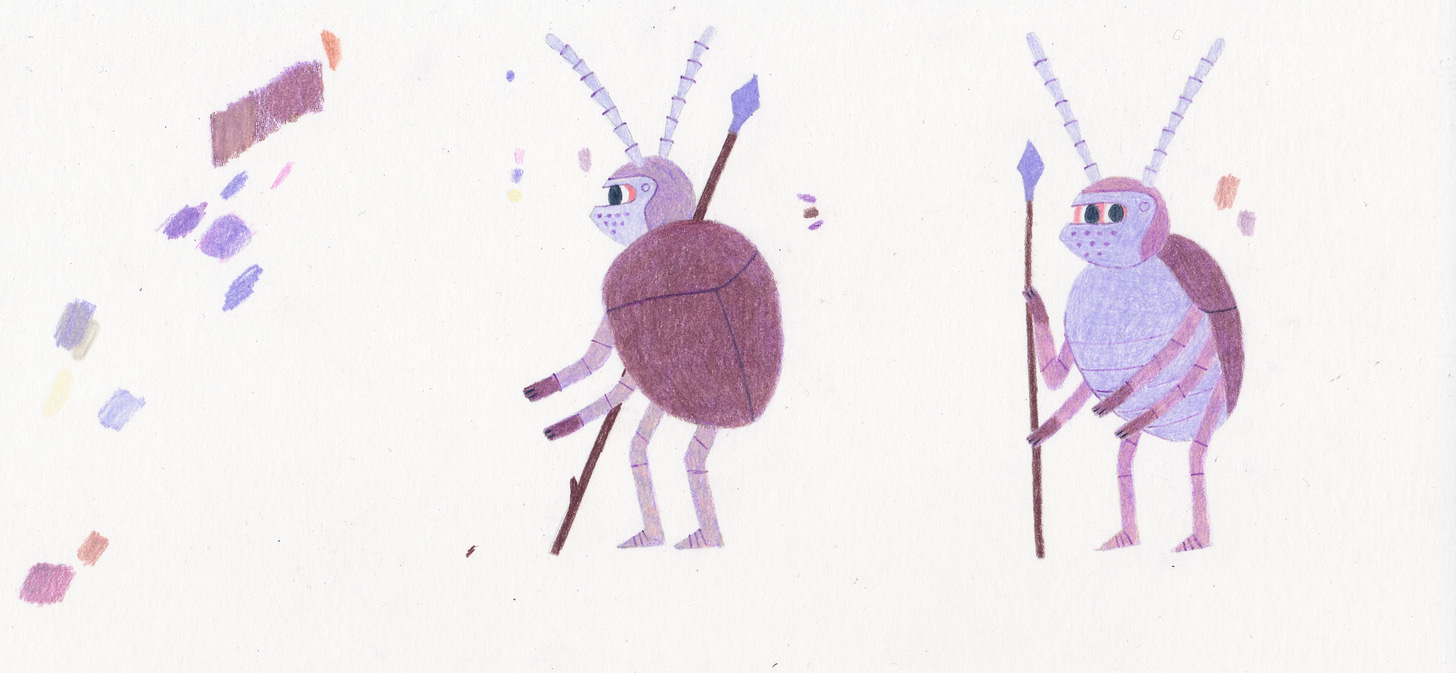
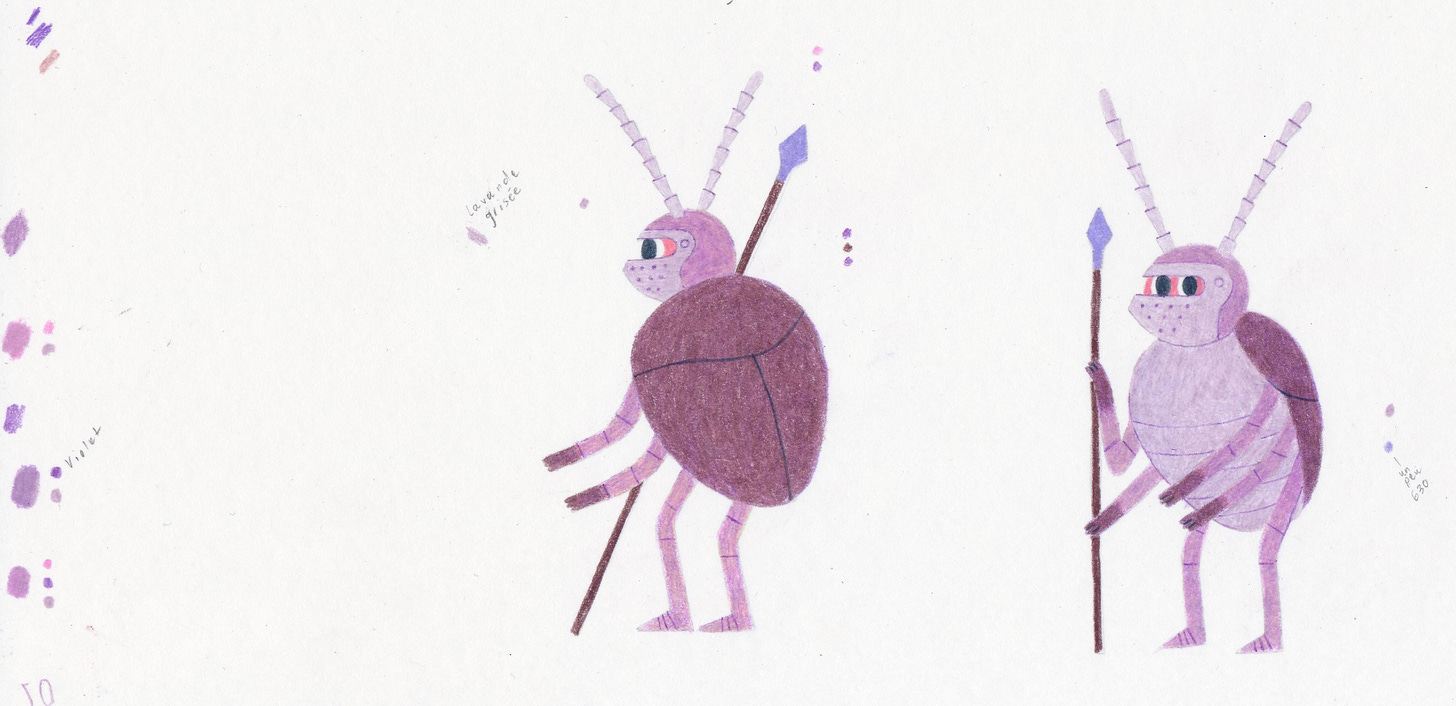
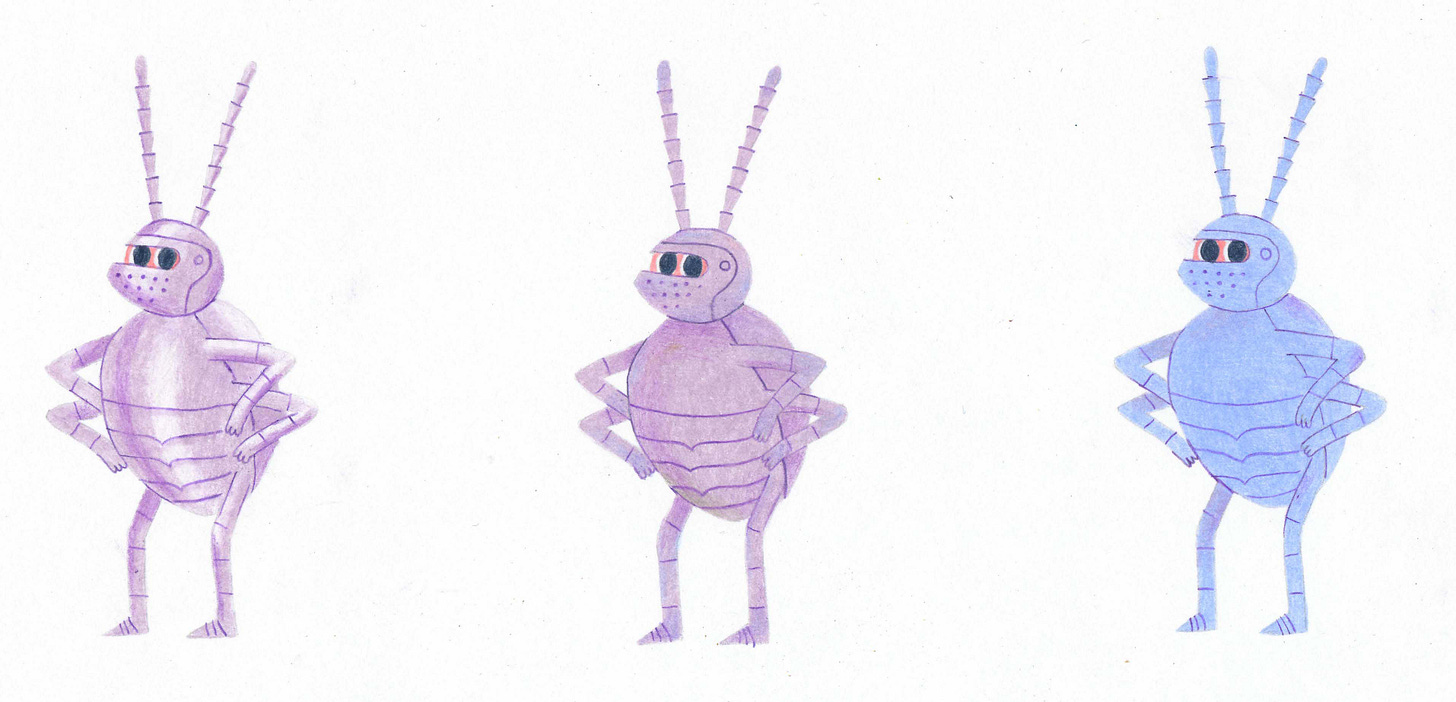
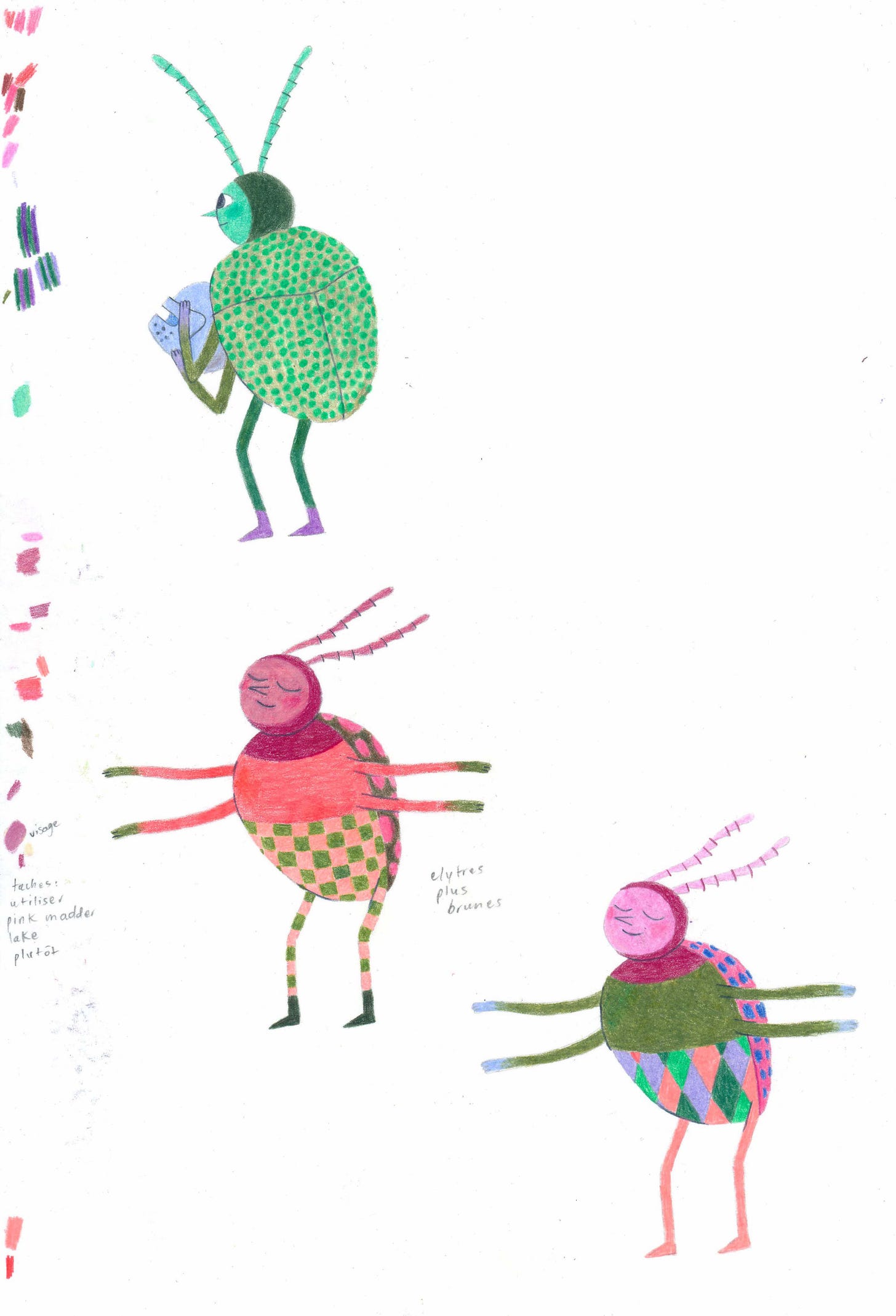
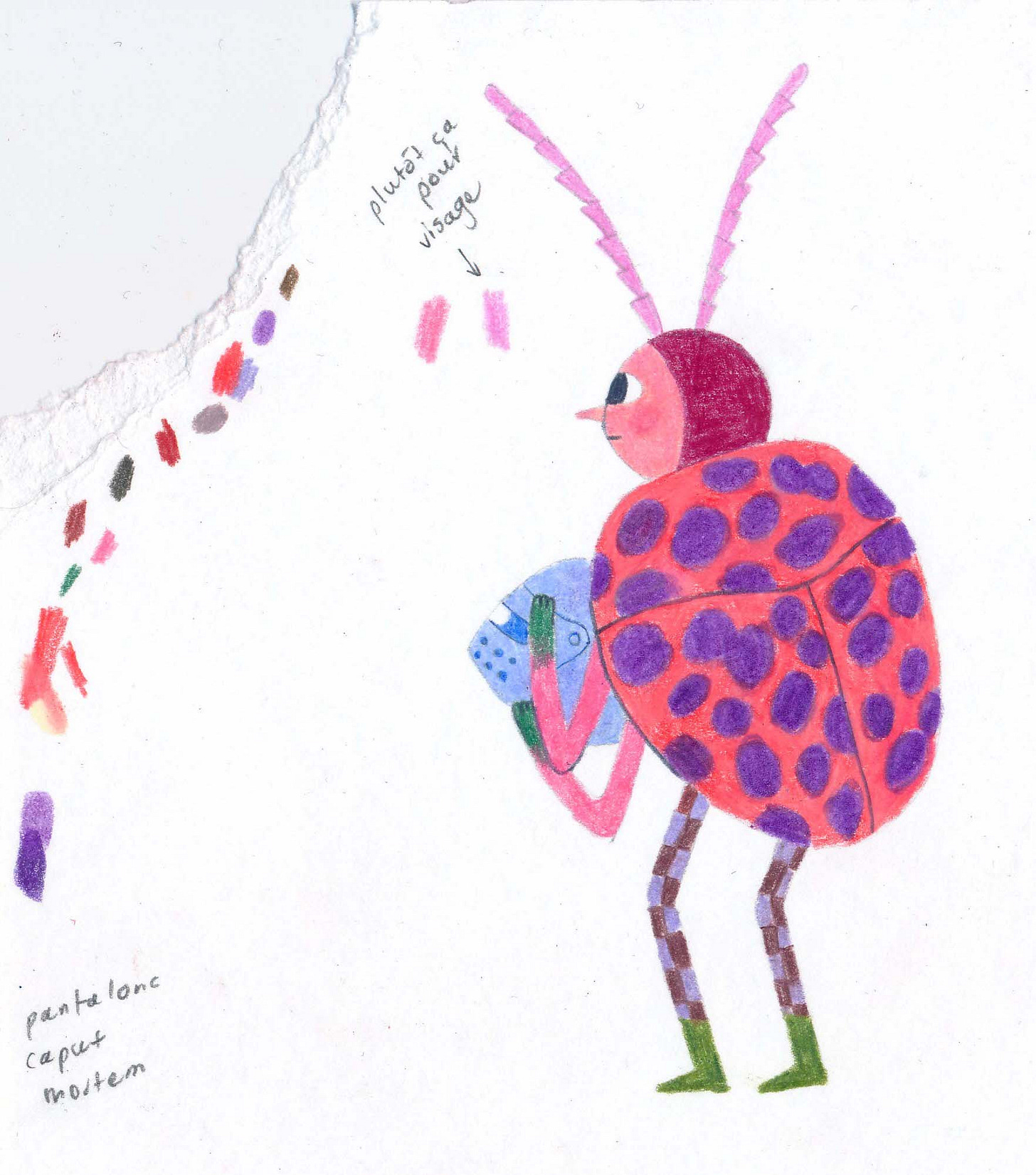
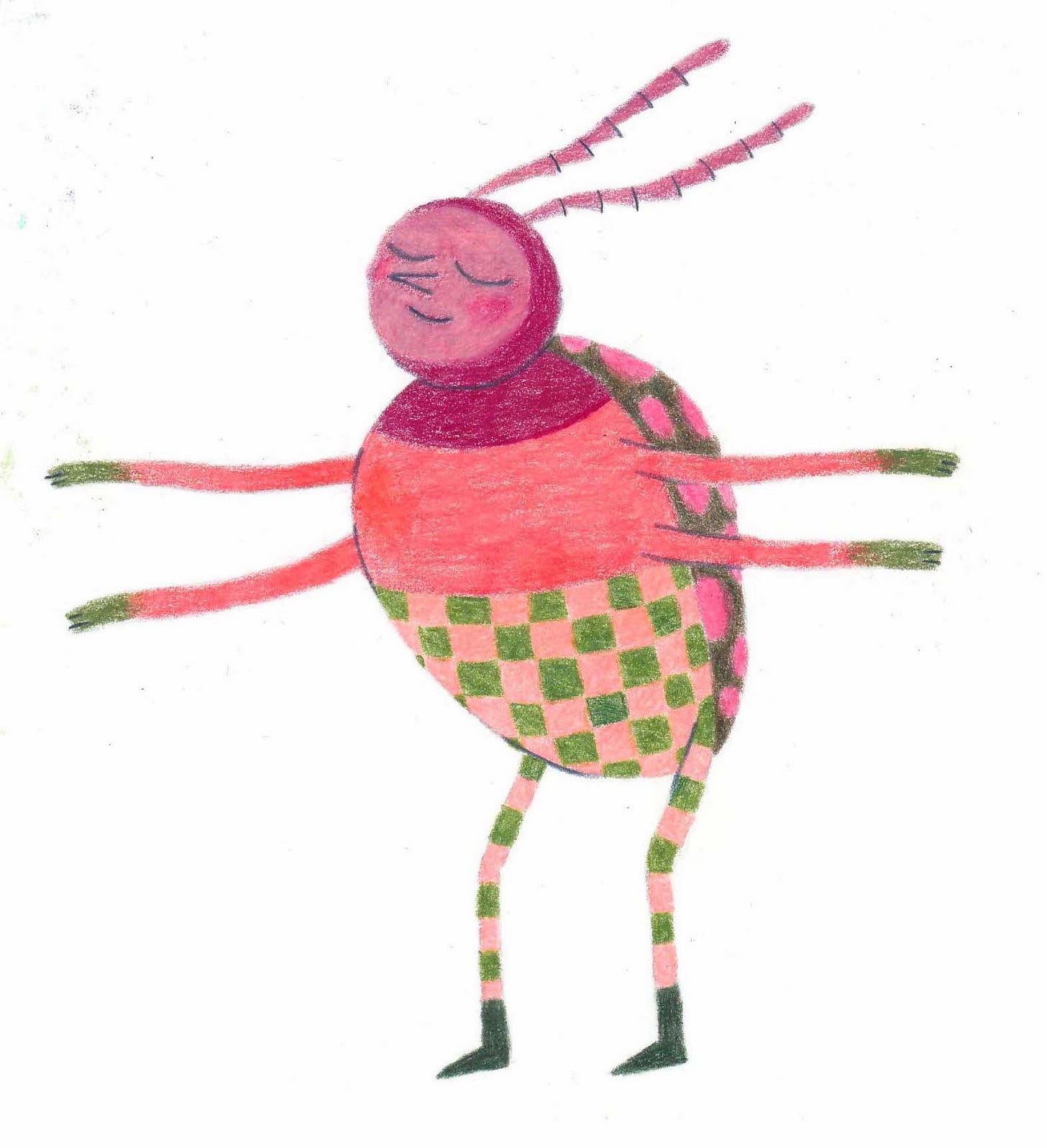
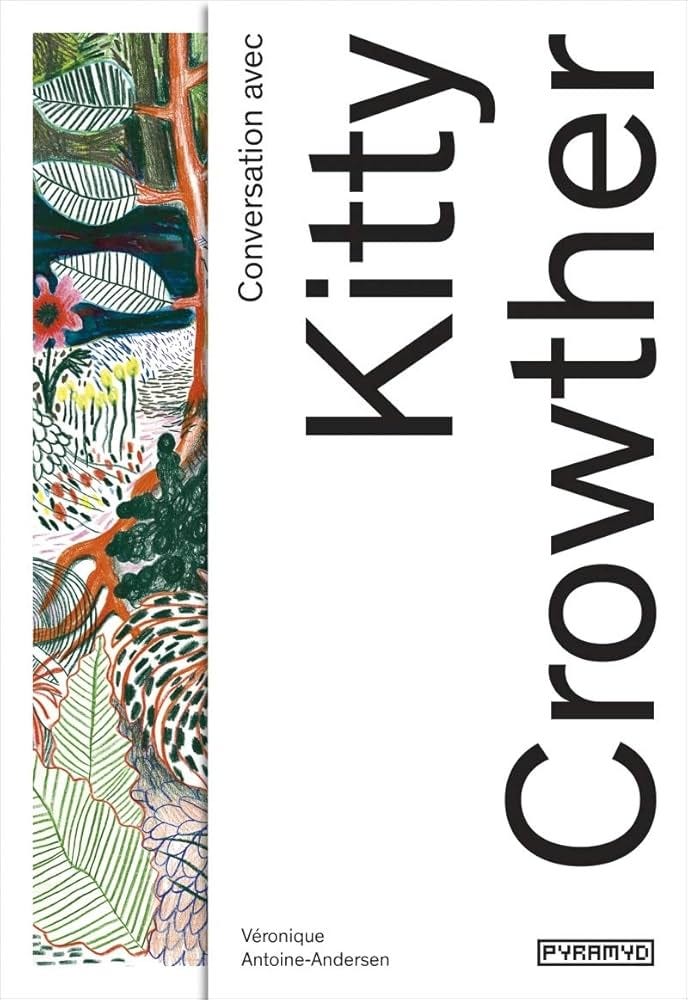
Oh c'est tellement beau! J'ai hâte de le tenir :D
He's so sweet, I want to hold his little hand!!!